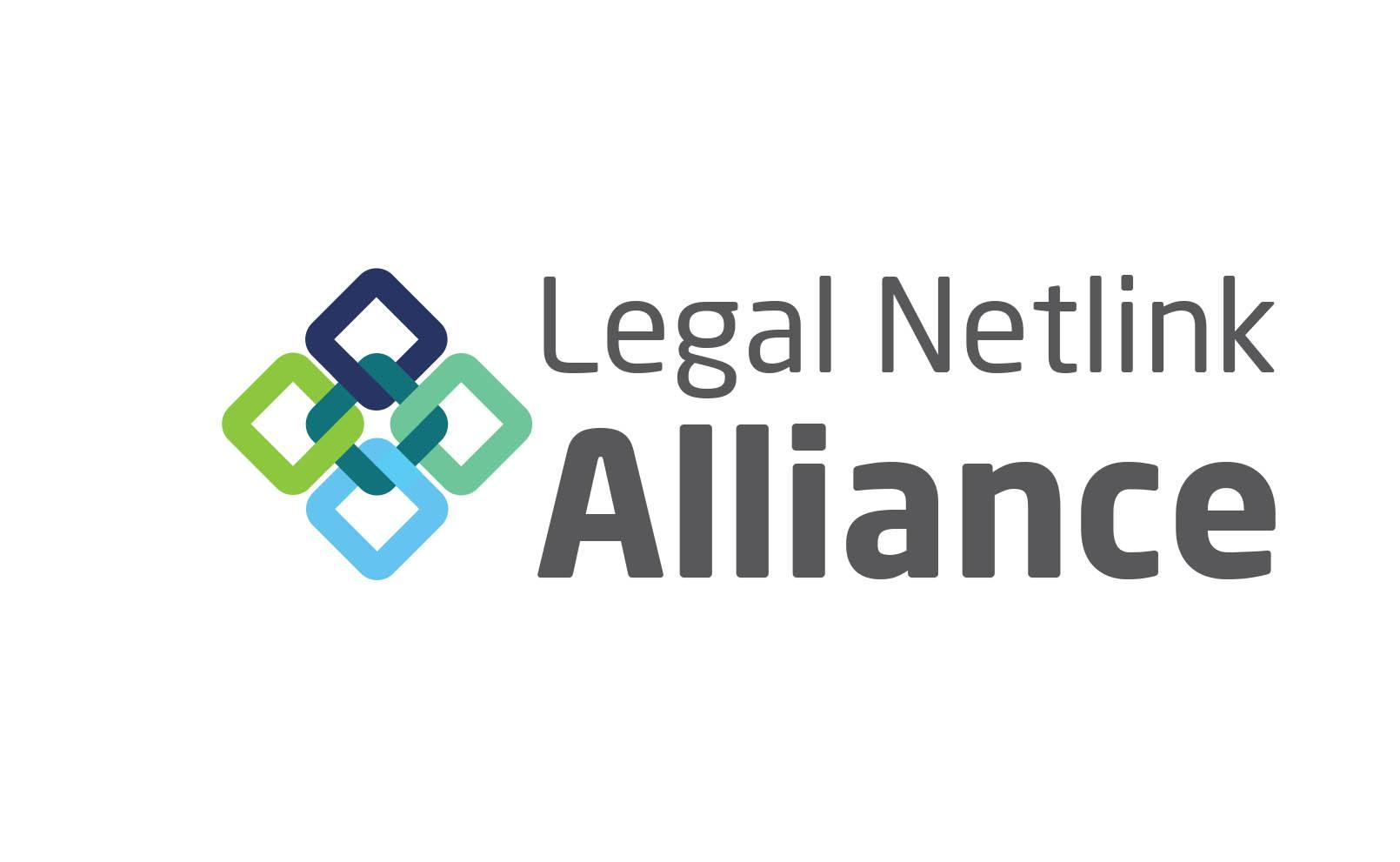
We all learned in high school civics that the United States Government is divided into three branches, which allows for a system of checks and balances. In a quick summary, it looks something like this:
Only the judicial branch can interpret the laws and may find some actions taken by the other branches impermissible.
Only the legislative branch can make the laws or appropriate funds. The legislators also vet and approve executive branch nominees for the judiciary and certain high government posts, such as cabinet positions.
Only the executive branch can appoint candidates to the judiciary or those same government positions. The president is also the commander-in-chief of the armed services.
It seems fairly clear and a brilliant way to disperse power so there will be no tyranny by a strong monarch, like the King of England was in years past. Over 200 years since the adoption of the Constitution, the system remains intact and it seems to function as it should, but as Lee Corso would say, “Not so fast, my friend.”
Doesn’t the judicial branch force the enactment of laws or appropriations, like school funding, where it finds the legislature has failed to do its duty? Doesn’t it also regulate itself with rules of conduct, so that it is the maker of the regulation, investigator, and judge with respect to lawyers and Judges?
Doesn’t the legislative branch establish government agencies such as OSHA or the EEOC? Doesn’t it hold sway over military and executive actions through budget control?
Once a legislature creates an agency, it usually becomes part of the executive branch. This is where the separation breaks down! The agency becomes its own lawmaker, judge, jury, and enforcer. Let’s look at the EEOC, for instance. It was created by Congress, pursuant to much needed anti-discrimination mandates form constitutional amendments and the Civil Rights Act of 1964. The government needed someone or something to investigate whether those mandates were being followed.
Thus the Equal Employment Opportunity Commission was established. It has the power to: promulgate regulations relating to discrimination; investigate perceived violations of those regulations and bring suit to enforce them; and issue an adjudication as to whether the regulation it promulgated and investigated was violated and what the consequences might be to the offending party. JUDGE, JURY AND PROSECUTION.
If a company is found to be in violation of rules promulgated by the agency, it can appeal the finding, sometimes to the same agency which ruled against it in the first place. There’s always an ultimate appeal to the courts. At that point, the court looks at the record made before the agency in the various hearings. There seldom is a new trial. The court merely reviews the transcript to determine whether there is any “substantial evidence on the record as a whole” to support the agency finding. Substantial evidence is very different from a “preponderance of the evidence” or “the weight of the evidence.” The court is not making a “more likely than not” analysis. It is merely looking at the record to see if there is any “substantial evidence” to be found. It matters not that other, more probative, or even more substantial (volumes of contrary evidence) may outweigh the government proof. If the judiciary gets its first look at the case and finds that the agency acted based on “substantial evidence,” it must affirm the agency finding, unless it finds that some parts of the procedure were arbitrary and unreasonable or that they amounted to an abuse of discretion. Most courts face crowded dockets that militate toward the expeditious handling of appeals where possible. Opening up the entire record of a case is a very unappealing option.
There is no level playing field. The government makes the rules, investigates the rules, tries the matter in its own forum and then issues a judgment which can often only be overturned if there was no “substantial evidence “ to support the judgment.
Do we have a true division of powers in our government? Maybe not. Perhaps the monarch still has the tools to reign supreme.

